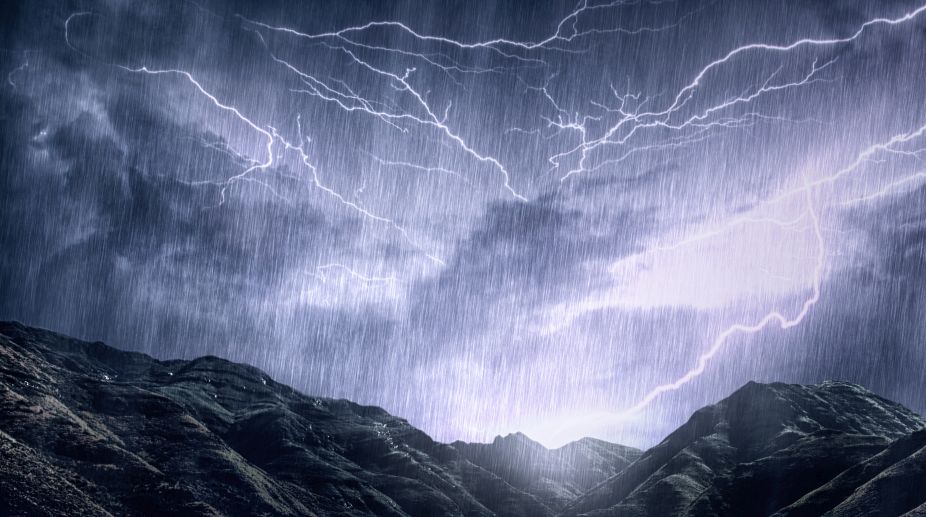Odisha government initiated steps to adopt super technology for early warning system to forecast lightning strikes. US based lightning analyzing system ‘Earth Network” made a presentation to the government here in this regard.
The possibilities of early detection and warning lightning was deliberated in at the meeting. “Hitherto lightning has been an instant killer and devastator. In the year 2016- 17 this disaster has taken 456 lives which is 15 per cent higher than the death toll in 2015-16. The state government provides ex gratia of Rs 4 lakh to each victim” said official sources while emphasising the need for early warning systems to predict lightning.
Advertisement
The danger of increased frequency of lightning is increasing due to global warming. Chief Secretary Aditya Prasad Padhi directed Odisha State Disaster Mitigation Authority to prepare the project proposal for consideration of government.
The project proposal would specifically mention about location specific prediction, accuracy level, dissemination and advance alert to the people. Development Commissioner R.Balakrishnan advised integrating of the system with existing early warning dissemination system.
The early warning system about lightning has shown positive results in some states and we will examine the utility and applicability of the system in our State for saving the life and property of the people from lightning, said Mr Padhi.
Chief Executive of Odisha Remote Sensing Application Centre, Dr Sandeep Tripathy said, “the early detection of lightning is feasible and it has been possible in some places. The lightening can be noticed in the cloud 30 to 45 minutes ahead of its ground falling through application of supper censors. The prediction can be made on the basis of scientific processing of the signals and the historical data base. Once detected the probability of its ground fall can be calculated on the basis of GIS maps collected through remote sensing and the warning can be disseminated to people for taking precautions. This will save life of the people”.
Discussions in the meeting revealed that Pulse Rad technology would be used. Censors would be fixed in definite locations to receive signals from the Rad. Prediction once finalized would be disseminated through SMS, Mobile Apps, radio and TV. The system would also be helpful in prediction of hail winds, hail storms, dangerous thunderstorm, flood and draught predictions.











